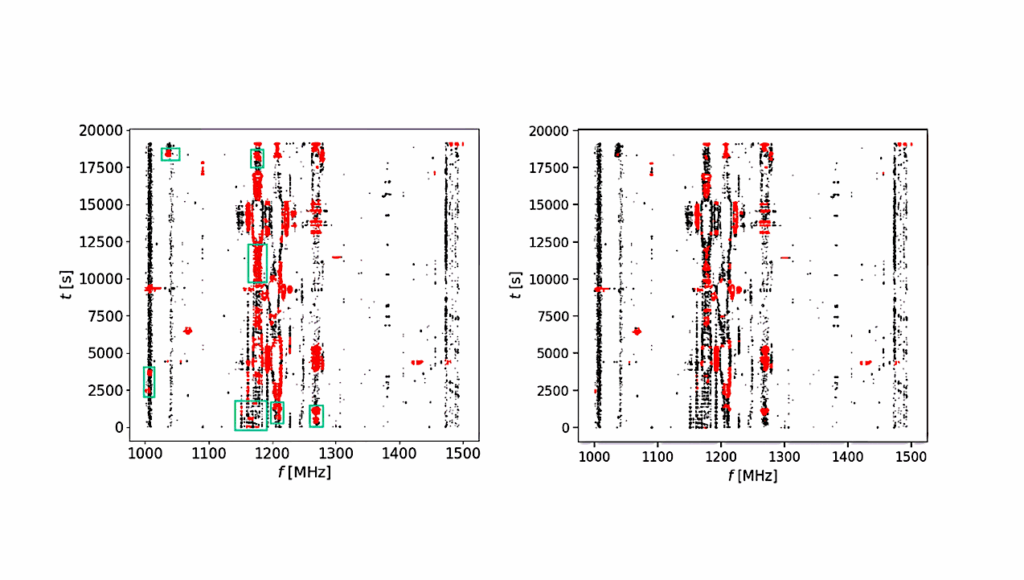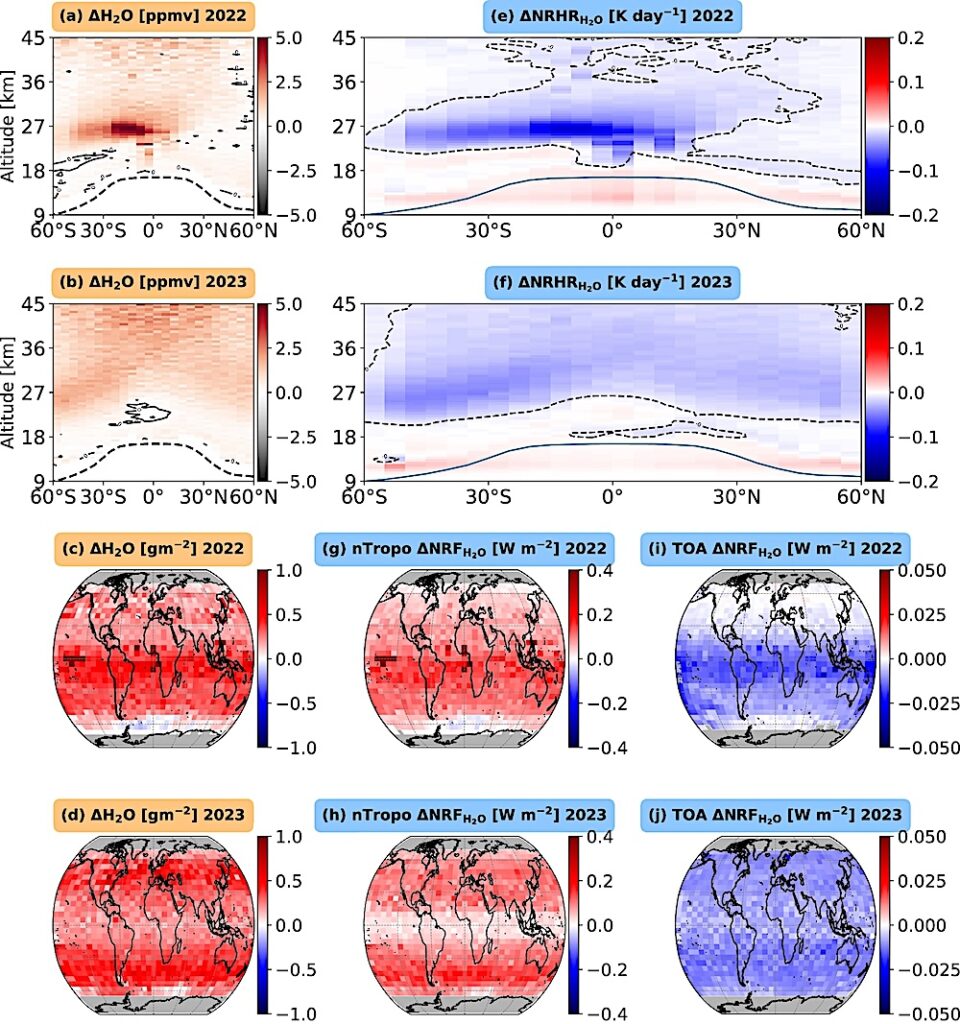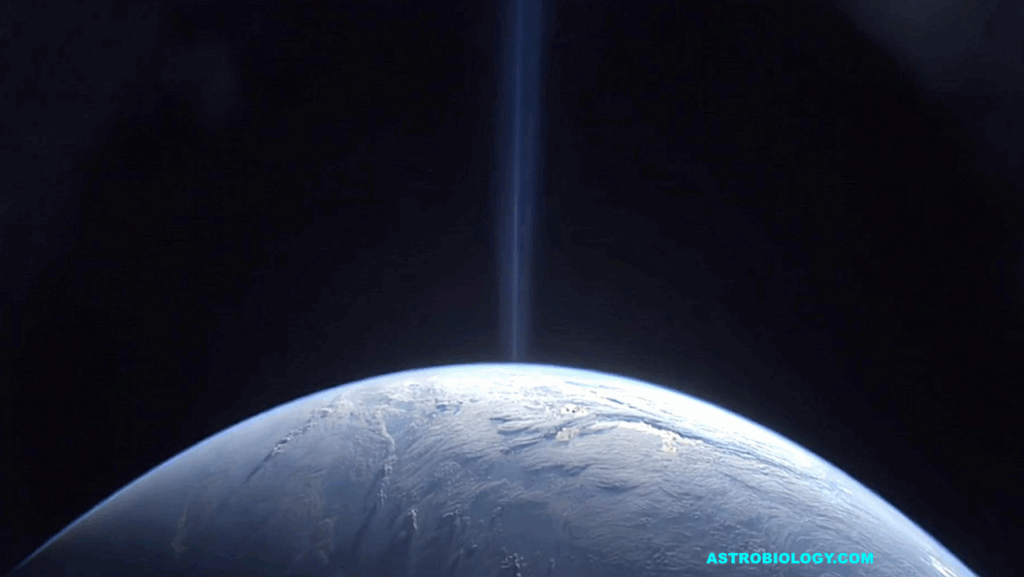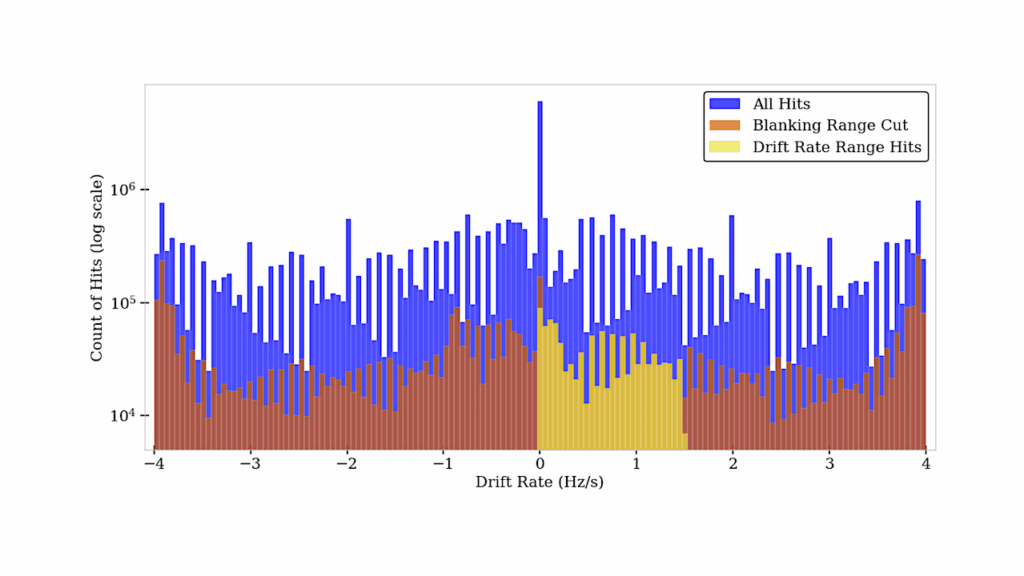Precise Mass And Radius Determination For Two New And One Known Neptune-sized Planets Around G Dwarf Hosts

As part of the KESPRINT collaboration, we present the discovery and characterization of three exoplanets in the sub-Neptune to super-Neptune regime, spanning key regions of the exo-Neptunian landscape.
TOI-1472 c and TOI-1648 b are newly discovered sub-Neptunes, while TOI-1472 b is a previously known super-Neptune for which we provide an improved mass measurement. These planets have orbital periods of 6–15 days and radii of 2.5–4.1 R⊕, probing regions where planet formation and atmospheric evolution remain poorly understood. We combine TESS transit photometry with ground-based radial velocities to determine precise masses, radii, and orbital properties.
TOI-1472 b has a mass of M⊕ and a radius of 4.06 ± 0.10 R⊕, TOI-1472 c has a mass of M⊕ and a radius of 3.33 ± 0.08 R⊕, and TOI-1648 b has a mass of M⊕ and a radius of R⊕. The planets exhibit a range of eccentricities (0.041–0.178), indicating diverse evolutionary histories. TOI-1648 b, with a high Transmission Spectroscopy Metric (TSM ∼59), is a promising target for atmospheric characterization.
Together, these three planets provide precise constraints on the structure, composition, and dynamical evolution of small to intermediate-sized exoplanets, enriching our understanding of the exo-Neptunian landscape.
Precise Mass And Radius Determination For Two New And One Known Neptune-sized Planets Around G Dwarf Hosts, Monthly Notices of the Royal Astronomical Society (open access)
Astrobiology, Exoplanet,








